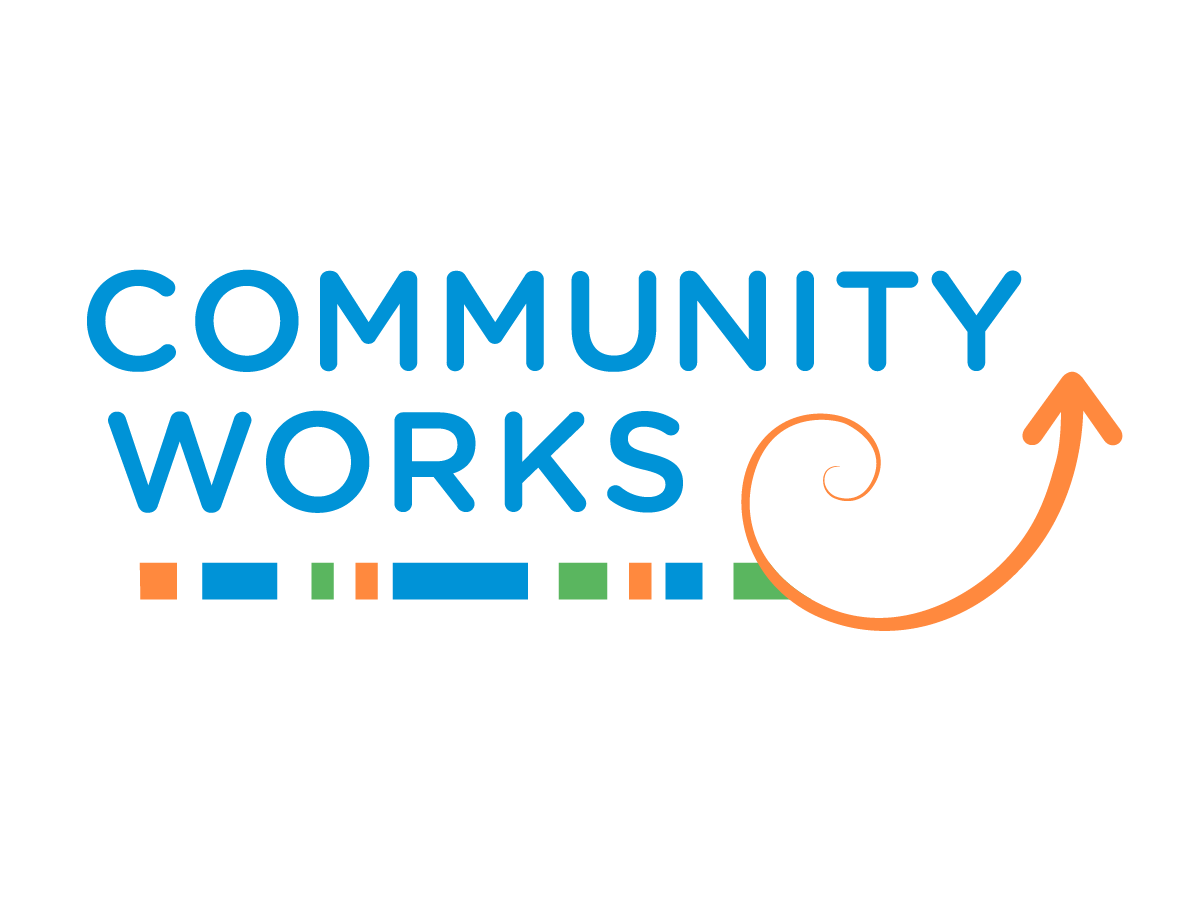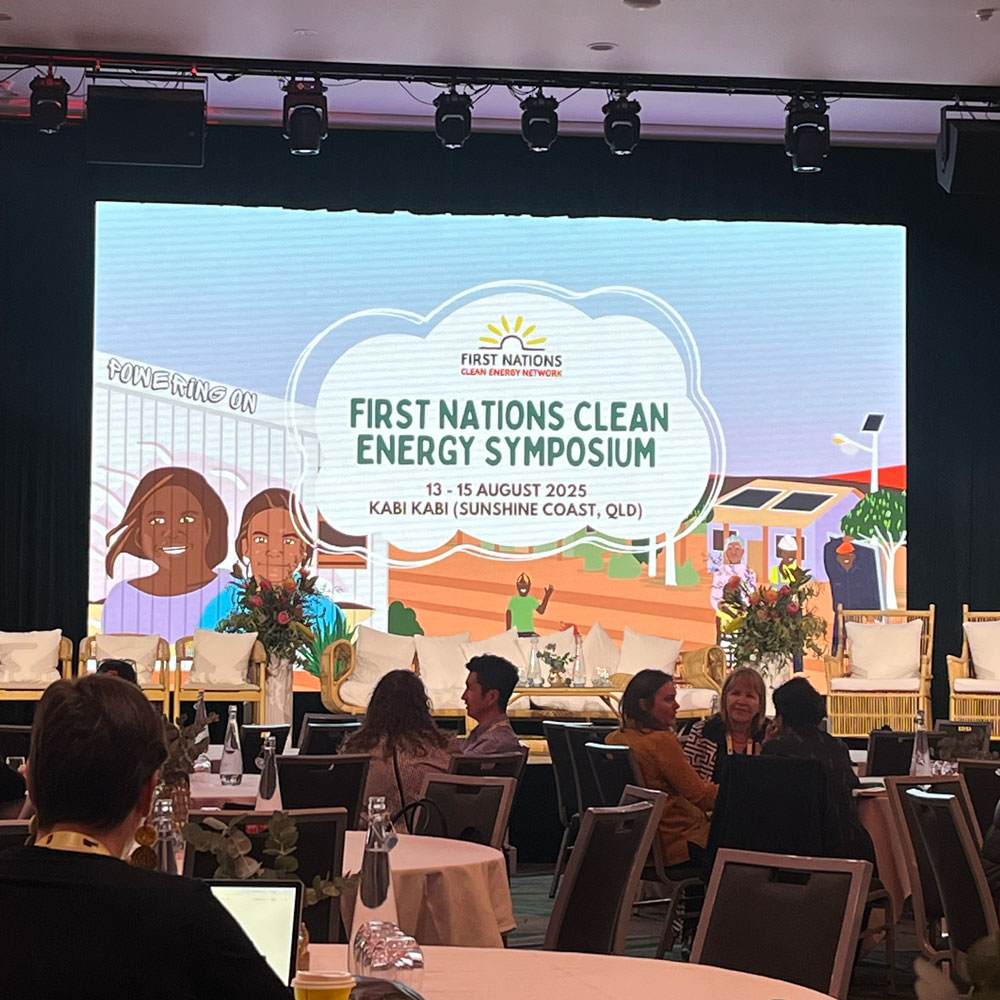Net Zero
Four insights I gained from researching First Nations engagement in the net zero workforce
Over the years, I have seen countless socio-environmental conflicts erupt across my home country, Mexico. Many of these struggles result from the exclusion of Indigenous peoples from projects meant to reduce greenhouse gas emissions – like the construction of wind farms or the creation of natural protected areas. This exclusion is unjust and a clear violation of Indigenous rights – such as the right to free, prior and informed consent. Moreover, it is undermining the very goal of reaching net zero.
I recently collaborated on Ninti One Limited’s research aimed at exploring opportunities and barriers for First Nations people to engage in the Australian decarbonisation workforce – that is, in jobs that help reduce carbon emissions, such as roles in renewable energy, energy efficiency, sustainable fishing, or land management.
Through the analysis of multiple interviews conducted by Ninti – involving members of industry, government, First Nations business, non-for-profit organisations, among others – I gained an understanding of both the opportunities and the ongoing challenges that First Nations Australians face within this workforce.
Below are four takeaways from my involvement in this project:
One
Ensuring cultural safety is key to increasing participation
As the world moves towards reducing greenhouse gas emissions, it is important to ask not just how the net zero workforce is being built, but also how accessible it can be. To increase First Nations people’s participation, this means going beyond cultural competency in workplaces and education pathways. What is needed are culturally safe environments where Aboriginal and Torres Strait Islander peoples feel respected, supported, and able to thrive.
It is encouraging to see that many training providers, educators, and workplaces in Australia’s net zero space are already prioritising cultural safety. Many inspiring stories that resulted from this research can be found in Ninti One’s Net Zero Storybook, which Community Works had the opportunity to contribute to.
Two
First Nations people should not only be part of the net zero workforce – they must be leading this industry
First Nations peoples hold knowledge, experience, resources and deep connection to Country which positions them to become leaders in this industry. It is inspiring to see First Nations businesses and initiatives thriving in this space, overcoming multiple barriers and structural inequalities along the way. These are diverse, ranging from land management programs and sustainable fisheries to community-owned microgrids. The evidence is clear: when these initiatives thrive, we all move closer to net zero.
This artwork by Kirralee Costelloe represents the various pathways First Nations people might take to find their feet in a secure workforce. Image source: Net Zero Storybook
Australian Apprentice of the Year 2022 – Refridgeration-technician Jennah Halley. Image source: Net Zero Storybook
Three
We need to support Indigenous-led solutions to socio-environmental challenges through partnerships and community engagement
I believe organisations like Community Works have an important role to play in supporting Indigenous-led solutions to socio-environmental challenges. As a consultant organisation, we are well positioned to promote locally driven approaches and to co-design socio-environmental initiatives that incorporate Indigenous knowledge – through genuine partnerships and meaningful community engagement. From Community Works’s experience with previous partners, we know that strong partnerships come from real relationships based on equity, respect, trust, and care.
Four
We cannot talk about energy transition without environmental and energy justice
Thanks to Ninti One, Community Works had the opportunity to attend the 3rd First Nations Clean Energy Symposium,where many conversations considered energy transition as a pathway to tackle historical inequalities and to advance First Nations peoples’ rights.
In rural and remote parts of Australia, First Nations communities face high levels of energy insecurity, including unreliable electricity, dependence on costly fossil fuels, and limited access to safe and affordable power (Longden, et al, 2022). These structural issues alongside the disproportionate impacts of climate change (Reyes, et al, 2024), put First Nations peoples at high risk – making it imperative that we act now without leaving anyone behind.
That is why the net zero transition must not focus solely on cutting emissions. It must also prioritise the inclusion and safety of First Nations peoples, ensuring opportunities and benefits are shared equitably and fairly with those who have cared for Country for thousands of years, and on whose lands these projects take place.
Ninti One has developed a series of resources to support job seekers, policy makers and employers in increasing First Nations peoples in the decarbonisation sector.
References
Longden, T., Quilty, S., Riley, B., White, L. V., Klerck, M., Davis, V. N., & Frank Jupurrurla, N. (2022). Energy insecurity during temperature extremes in remote Australia. Nature Energy, 7(1), 43-54.
Reyes-García, V., García-Del-Amo, D., Porcuna-Ferrer, A., Schlingmann, A., Abazeri, M., Attoh, E. M., … & Torrents-Ticó, M. (2024). Local studies provide a global perspective of the impacts of climate change on Indigenous Peoples and local communities. Sustainable Earth Reviews, 7(1), 1.

